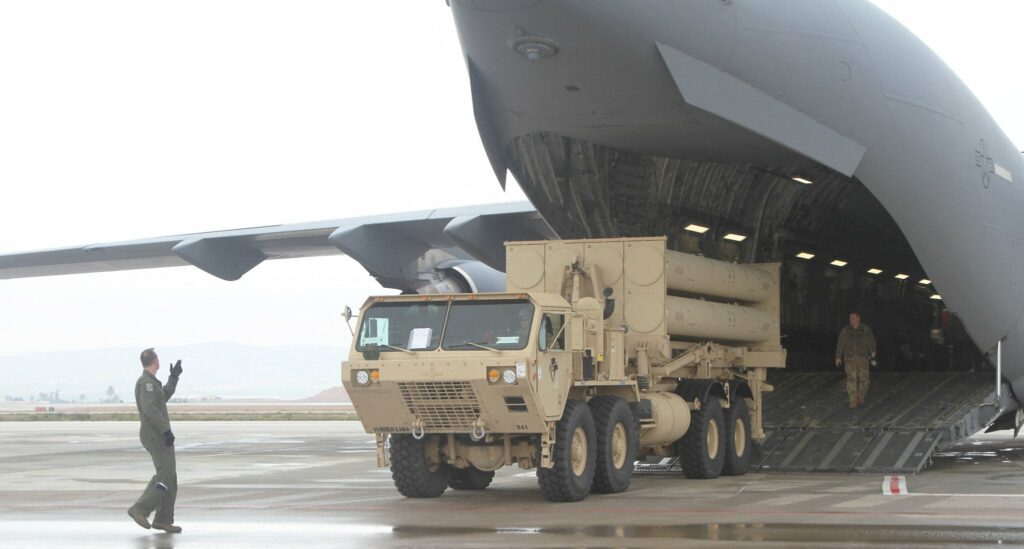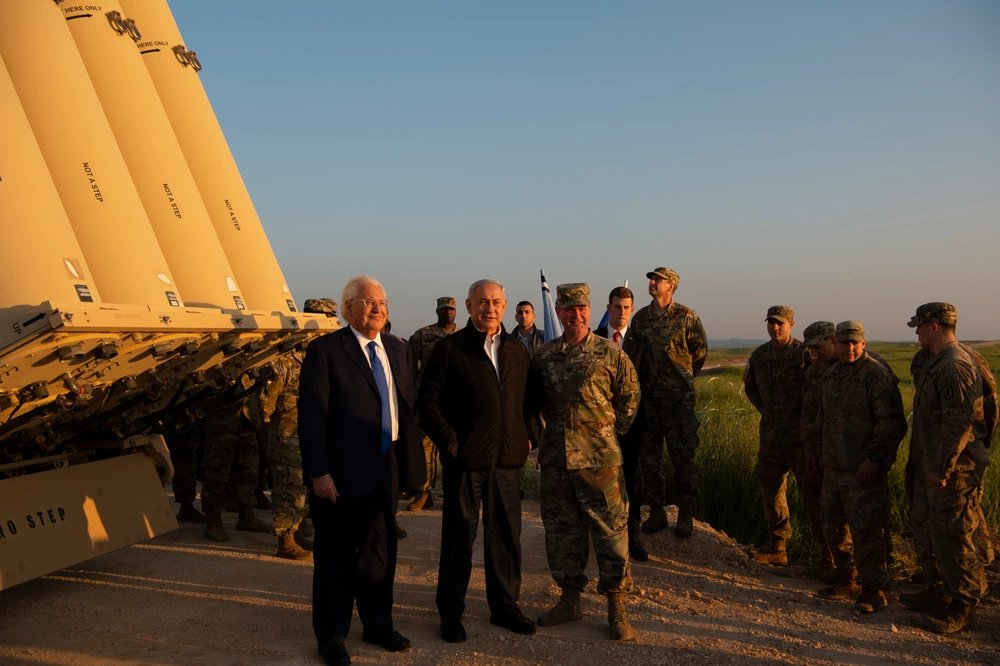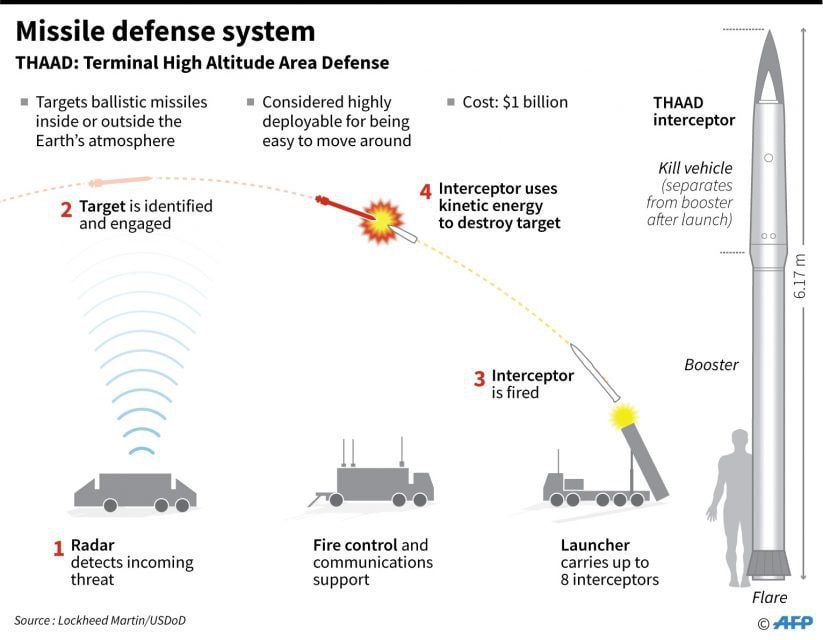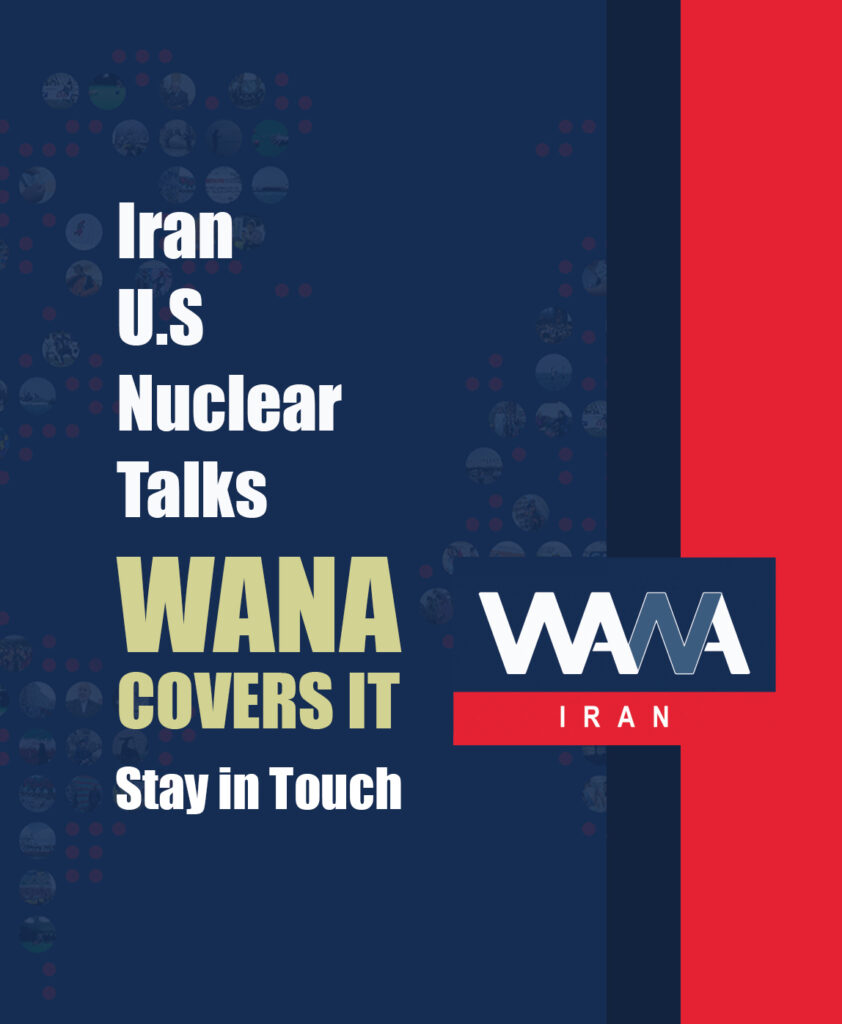Can the THAAD System Counter Iran’s Missiles?
WANA ( Oct 14) – Following the assassination of Hezbollah’s leader, Sayyed Hassan Nasrallah, and prior to that, the killing of other commanders of this military group, Israeli belief was that even if Hezbollah had not been completely dismantled, its revival would take several months at the very least.
However, this assumption, or rather an illusion, did not last long. Despite the assassination of Hezbollah’s commanders, the group’s organizational framework did not suffer notable disruption. Hezbollah was able to swiftly reorganize its top military ranks and once again demonstrated its capabilities on the battlefield.
Even the killing of ordinary Lebanese citizens did not deter Hezbollah from resisting the Israeli military, which was now preparing for a ground invasion. In less than two weeks, Hezbollah had intensified its missile and drone strikes and successfully thwarted Israel’s ground forces.
“O Zionists… the Resistance has a womb that continually gives birth to leaders… and (Nasrallah’s) last will was to keep your eyes on the battlefield,” stated Sheikh Hashem Safieddine, Nasrallah’s likely successor, in an audio message released after the assassination of Hezbollah’s leader in the southern suburbs of Beirut.
Western and particularly Lebanese experts believe that the assassination of Shiite leaders and the killing of ordinary Lebanese citizens have failed to achieve Israel’s goal of crippling or dismantling Hezbollah. “Hezbollah is determined to double both the number and quality of its operations… it seems this is just the beginning of Hezbollah’s power,” said Jamal Wakim, a professor in Beirut.
Meanwhile, Yemen and Iraq have continued their missile and drone strikes against Israel. Infuriated by Iran following the “True Promise 2” operation, Israel has been engaging in daily chest-thumping and threats of revenge. Yet, the major issue currently facing the Israeli military is that its Iron Dome system is no longer effective against the missiles and drones of the Resistance Front. The advanced weaponry now wielded by Israel’s enemies is capable of targeting any location within the occupied territories.

As one of Israel’s most steadfast military allies, the U.S. has once again stepped in, providing the THAAD missile defence system in an effort to enhance Israel’s ability to counter Iranian and Resistance Front missiles.
Iran’s Foreign Minister, Abbas Araghchi, had issued a warning prior to the official announcement of THAAD’s deployment to Israel, stating that this move would “put American forces at risk.” On Sunday, October 13, Araghchi wrote on social media without explicitly naming THAAD: “The U.S., which has provided an unprecedented amount of arms to Israel, is now endangering its soldiers by deploying them to operate American missile systems in Israel.”
The THAAD missile defence system, along with dozens of U.S. specialists, has been deployed to Tel Aviv to bolster Israel’s air defences. It has been described as a tool to strengthen Israel’s defence systems against ballistic missiles and potential future attacks from Iran.
Iran, which has been producing hypersonic missiles in large quantities for some time, claims that no existing air defence system in the world can intercept or destroy this type of missile. “There is no operational system in the world capable of countering hypersonic missiles. According to the U.S. Congress, such a system will not be available until 2034, so even THAAD cannot take on our missiles,” said Mohammad Taheri, an Iranian defence and security expert.

Tehran is currently waiting for Tel Aviv to make a misstep so it can once again showcase its military strength and, in the words of Iranian officials, “put an end to the Zionists.” To provoke Israel into making such a mistake, Iran even sent its Foreign Minister and Speaker of Parliament to Lebanon, despite earlier threats from Israel to target any aircraft landing at Beirut’s airport.
The situation in the region is such that the Americans know it will be difficult to exit if they enter a war to support their regional ally. Historically, no U.S. president has entered a war in the last year of their election campaign. Will Iran and the Resistance Front resolve the issue of Israel and war before the upcoming U.S. election?
The forces of the resistance front led by Iran are fighting with one of the largest armies in the world, which has the support of several major armies. Every day, they take casualties from this army armed with the most advanced and up-to-date military equipment, and they humiliate it on many occasions.
It seems that the method of gradually cooking the frog in hot water without pain or bleeding works. The region should be monitored more seriously and carefully in the coming days.

THAAD Missile Defense System: What is it?
- THAAD intercepts short- and medium-range ballistic missiles in the final stage of flight.
- It uses a hit-to-kill technology, relying on kinetic energy to destroy the missile’s warhead.
- THAAD has a range of 200 kilometres and can reach altitudes of up to 150 kilometres.
- It is the only U.S. missile defence system capable of intercepting targets both inside and outside the Earth’s atmosphere.
- The U.S. has previously deployed it in Guam and Hawaii as a precaution against potential North Korean attacks and approved its sale to Saudi Arabia in 2017.













